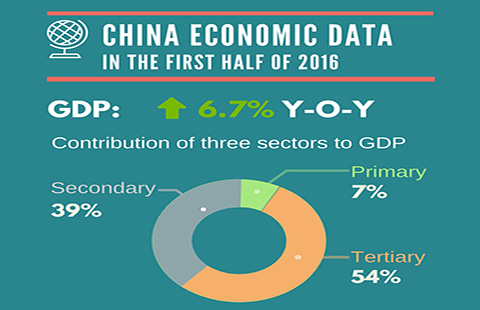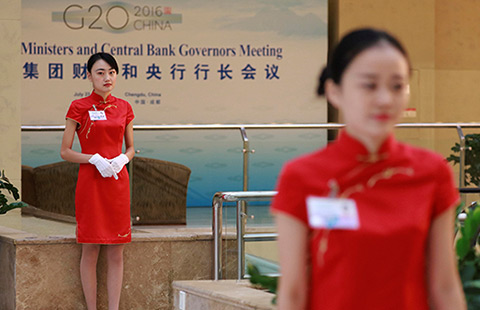China's 'New Area' programs gain momentum
(Xinhua) Updated: 2012-12-19 17:48TIANJIN - Amid sluggish world economy which also affects the growth of China's eastern regions, the robust expansion of "New Areas" nationwide indicates their promising prospects along with economic restructuring.
China's State Council, the Cabinet, approved plans for two new national level comprehensive development zones in August and September respectively.
One is in the northwestern Lanzhou city and the other is in the southern city of Guangzhou, bringing the number of national level new areas to six.
"The national level new areas are pilots in deepening reform and leading regional development," said Zhou Liqun, a Nankai University economics professor.
"Approval of two new economic zones shows China's confidence and determination in reform and opening up," he said.
Like the five special economic zones and 14 coastal open cities established in the early years of reform and opening up, the six new areas show the government's determination and exploration of development in different geopolitical regions.
The government pins hope on Shanghai's Pudong New Area to improve the international competitiveness of the flourishing Yangtze Delta region. Tianjin's Binhai New Area is taken as a new growth engine around the Bohai Bay in north China.
Chongqing's Liangjiang New Area is a pilot area for comprehensive urban-rural reform. Zhoushan Islands New Area in Zhejiang Province acts as a pioneer in developing China's vast maritime resources.
Besides the Pudong New Area established in 1992 and Binhai New Area in 1994, the other four new areas were established in the past two years.
Lanzhou New Area marks the country's latest effort to accelerate the development of its western regions and is key for China's further opening of its west, said Qin Yucai, an official in charge of the development of western regions under the National Reform and Development Commission.
- Verizon said to end Yahoo survival fight with a $4.8b deal
- Infrastructure puts nation on track to greater prosperity
- China nuclear giant CGN wins French wind power contract
- China's Tibet comes on top of regional GDP growth in H1
- Huawei plans to beef up its R&D
- Alisports enters joint venture to promote boxing globally
- SIPG signs deal with Qatari govt
- First nuclear plant to take to the seas


















